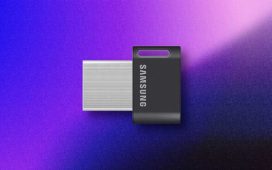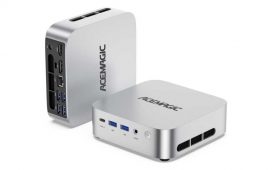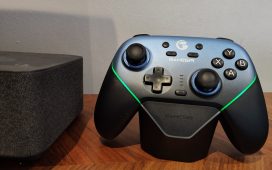About a week ago, I decided I would never buy another Ethernet cable, ever.
If you’re like me, you have a box or drawer with dozens of cables. And while some cables have specific connections, like USB-C, my wired network (such as it is) is just a random collection of colored Ethernet cables with tiny little markings telling me what they can or can’t do. How much data can that cable transfer? I had no idea. And that’s bad.
I had never really thought about which Ethernet cables were being run between my cable modem, router, Xbox, and desktop PC. But I had performed speed tests more than once, and worried that my network was running slower than usual. And I also knew the problem: my network would run only as fast as its slowest segment.
If my Ethernet cables were transferring less data than my router or gateway, I was potentially wasting money. I didn’t need to spend time researching the fastest mesh router or the best Internet gateway. If my cables were ancient, my entire network would be bogged down by my slowest cable. If my ISP quietly increased the speed of my broadband connection, I might not see any benefit. And I had already found an old Cat5 cable hooked up to my Xbox, a standard which had been basically extinct for about two decades. Ew!
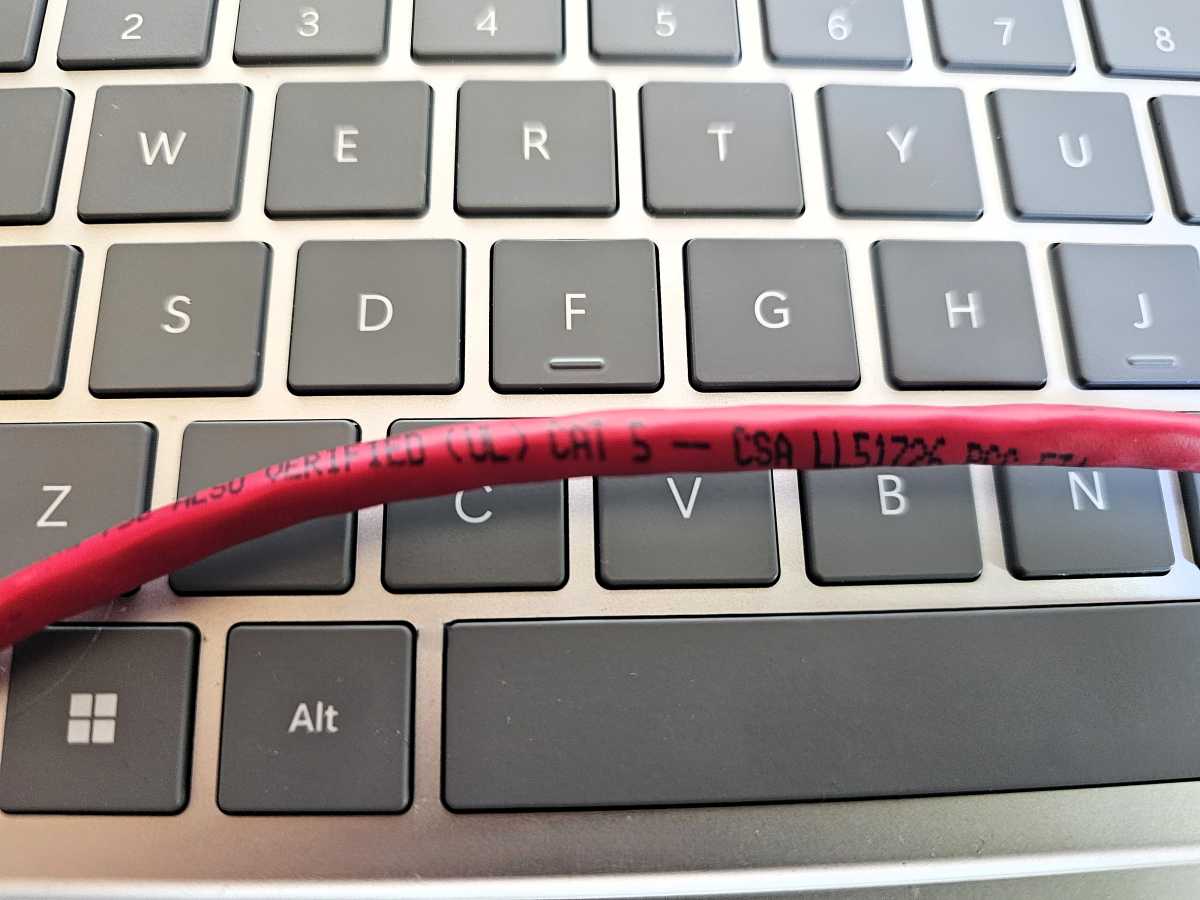
Mark Hachman / Foundry
About a week before my colleague Dominic Bayley published a helpful explainer on the differences between Ethernet cables, I researched the problem myself. Ethernet comes in different categories, all the way from the ancient Category 3 to the latest Category 8.
So Category 8 is the latest and greatest? OK, fine. How much does a Category 8 cable cost? Basically nothing, as it turns out. I discovered I could buy a five-pack of color-coded, nylon-braided Category 8 Ethernet cables for $26.99 on Amazon.
Broadband services are always getting faster. Cable modems are, too. But even the fastest cable modems and broadband plans offer just a few gigabits per second, while this Cat8 cable offers a whopping 40Gbits/s of speed.
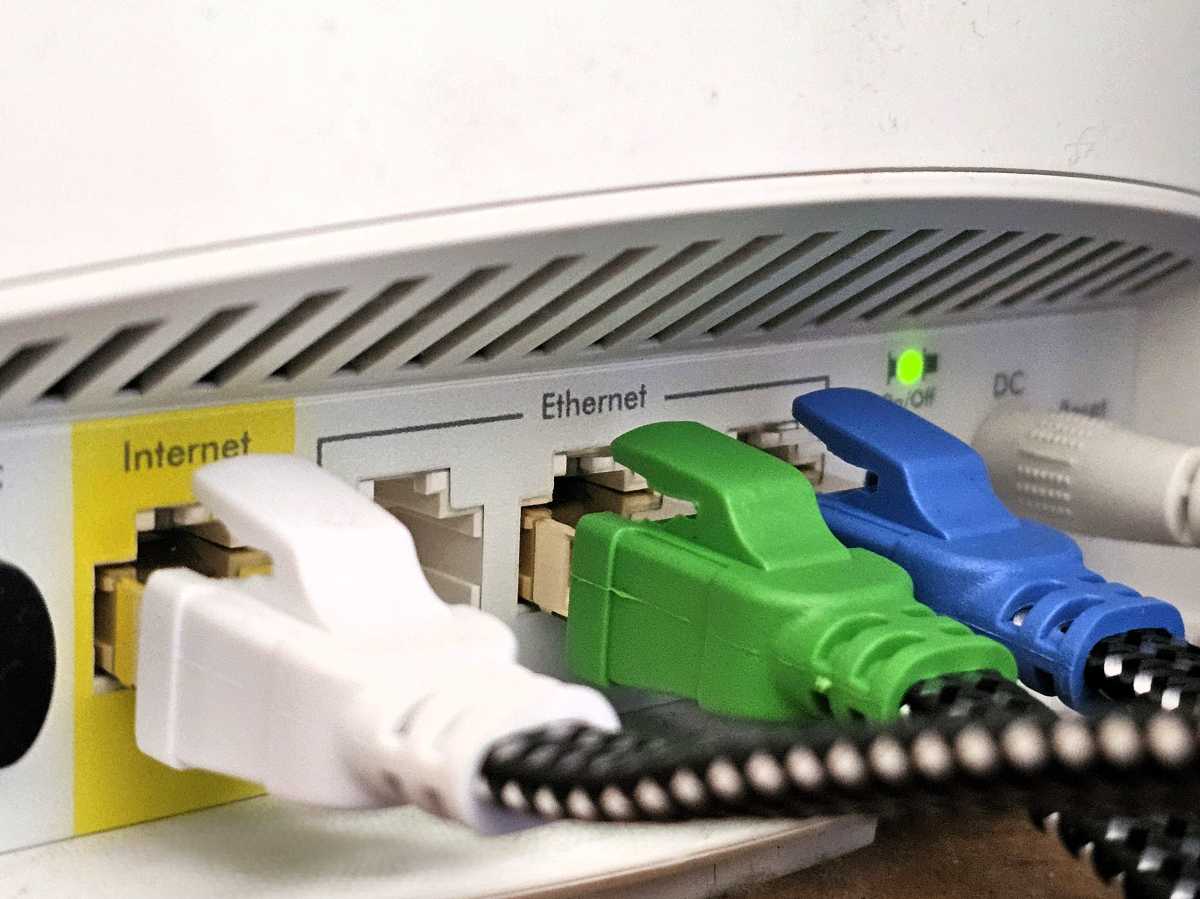
Mark Hachman / Foundry
For me, it was a no-brainer. I bought the cables from Amazon, quickly swapped out my existing cables for the new color-coded options, and resolved never to think about what Ethernet cable I owned ever again.


